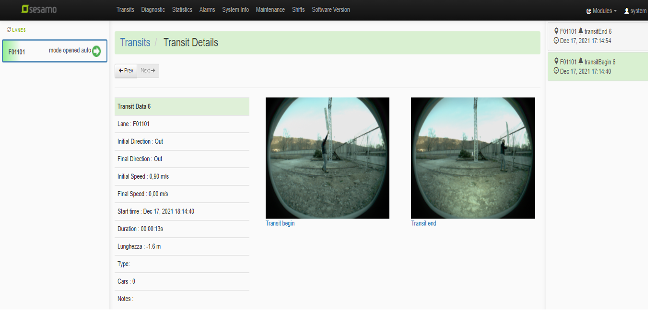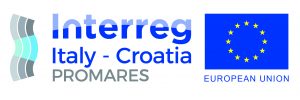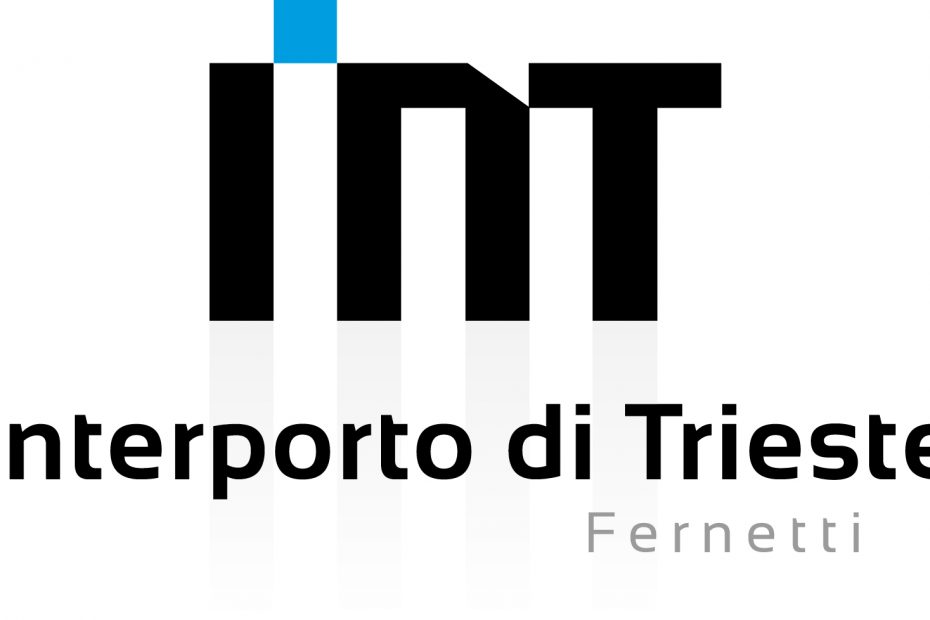Interporto di Trieste aims to enrich the railway opportunities on the global market by enhancing train operations from/to FreeESTE (its own area), also exploiting the strengths of the International Free Zone. This pilot action consists in the realisation of a gate automation-based infrastructure for railway traffic management in the FreeESTE area. The new gate has been located at the entrance of the FreeESTE dry port area, in correspondence with the rail network already in place.
The railway gate automation is a combination of innovative technological components such as:
- Automated railway gate management: 2 laser scanners, 1 context camera, Nr. 1 IP54 wired cabinet with power supplies, network switches and lane controllers;
- Automatic UIC code recognition system: 2 High resolution colour cameras complete with a pair of white light illuminators and power supplies + dedicated software license;
- Automatic ISO 6343 container code recognition system: 3 High resolution colour cameras complete with a pair of white light illuminators and power supplies + dedicated software;
- Damage control system: dedicated software;
- Automatic ILU automatic code recognition system: 1 lane controller.
Functionally speaking, the main railway gate automation goals are:
Data collection
The hardware components installed on the gate are able to collect on-filed data concerning inbound / outbound trains. The main data types refer to the following groups:
- a) Railcars gate in /out: the system is able to detect on-field data concerning wagons sequence and wagons id. Moreover, images can also be captured in order to monitor the status of the railcars, for example evidencing if a damage is present;
- b) Intermodal Transport Units (ITUs) gate in / out: the system is able to detect on-field data concerning ITUs id and type. Moreover, images can also be captured in order to monitor the status of the railcars, for example evidencing if a damage is present;
- c) Train composition: the system is able to detect the assignment wagon / ITUs, thus detecting data about the train composition for inbound and outbound flows;
- d) Train direction: the system is able to detect the train direction (inbound / outbound) data;
- e) Damages monitoring: the system is able to detect damages images concerning wagons and /or ITUs
Data processing
Once the data have been collected, they are shared with a virtual machine on a remote server in which appropriate software procedures elaborate them in order to refine data quality and produce relevant outputs for final users.

Data sharing
The solution also provides the possibility to share via interoperability services the elaborated data with:
- Sinfosec IT platform: the operating system used by Interporto di Trieste S.p.A for inland terminal management;
- Sinfomar IT platform: the Port Community System of the Trieste Port Authority (AdSP MAO) which has specific information requirements in order to enable the software procedures embedded in the train management modules. Hereafter the Sinfomar train management module dedicated to railway manifest declarations is reported. All the data collected in FreeESTE and shared with Sinfomar are listed in similar pre-existing section.
The impacts of this action will increase the data accuracy and the certification that goods moving between Free Zone areas do not change path reducing the data entry processing concerning inbound/outbound of the trains, enhancing data visibility along the supply chain.
The pilot action is fully replicable in other contexts, even beyond the Programme Area.
Share this article in your social media
Although we ensured to have up-to-date and accurate information, the publisher OPEN ENLoCC, nor the editor and the author, are not liable for errors and omissions. The publisher and the editor did not test products or services described and their inclusion does not imply any form of endorsement. By accepting advertisements in this publication, the publisher does not warrant their accuracy, nor accept responsibility for their contents. The publisher welcomes unsolicited manuscripts and illustrations but can accept no liability for their safe return. Reproduction (in whole or in part) of any text, photograph or illustration contained in this publication without the written permission of the publisher is strictly prohibited.
© 2022 OPEN ENLoCC All rights reserved.
European regional review, Issue SPECIAL 2022/2

